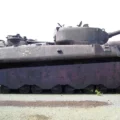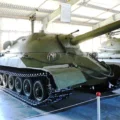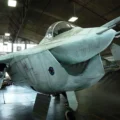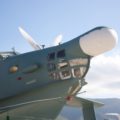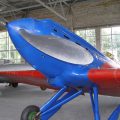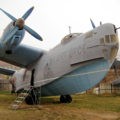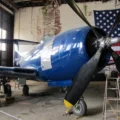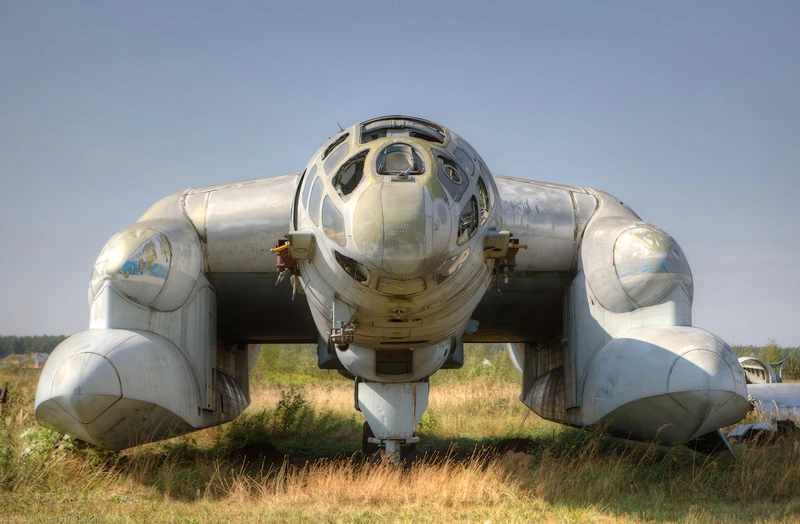
Bartini Beriev VVA-14 | |
|---|---|
| Državi | Sovjetski |
| Vrsta | Amfobijo ASW letala |
| Prvi let | 4. september 1972 |
| Zgrajena | 2 |
V Bartini Beriev VVA-14 Vertikaľno-Vzletayushchaya Amfibiya (navpično vzletno amfibiično letalo) je bilo letalo z krilnim učinkom, razvito v Sovjetski zvezi v začetku 70. let. Zasnovan tako, da lahko poleti iz vode in leti z veliko hitrostjo na velike razdalje, je bil, da bi prave lete na visoki nadmorski višini, vendar imajo tudi sposobnost učinkovitega letenja neposredno nad morsko površino, z uporabo aerodinamičnega talnega učinka. VVA-14 je zasnoval italijanski oblikovalec Robert Bartini kot odgovor na dojemano zahtevo po uničenju raketnih podmornic ameriške mornarice Polaris. Končno letalo je bilo upokojitev leta 1987.
| Bartini Beriev VVA-14 Sprehod Okoli | |
|---|---|
| Fotograf | Igor Kolokolov |
| Lokalizacijo | Neznano |
| Fotografije | 130 |
Glej tudi:
Bartini Beriev VVA-14 je bilo edinstveno letalo, ki ga je razvila Sovjetska zveza v zgodnjih 1970-ih. Zasnoval ga je Robert Bartini, inženir, rojen na Madžarskem, ki je delal za oblikovalski biro Beriev. VVA-14 naj bi bilo amfibijsko letalo, ki bi lahko vzletelo in pristalo na vodi, letelo z veliko hitrostjo na dolge razdalje in uporabljalo aerodinamični zemeljski učinek za učinkovito letenje tik nad morsko gladino. Glavni namen VVA-14 je bil preprečiti grožnjo raketnih podmornic ameriške mornarice Polaris, ki bi lahko izstrelile jedrske rakete pod vodo.
VVA-14 je imel futuristični videz, z velikim osrednjim delom krila, v katerem sta bila dva turboventilatorska motorja in štiri manjša krila, ki jih je bilo mogoče navpično nagniti za vzlet in pristanek. Letalo je imelo tudi napihljive pontone na konicah kril, ki jih je bilo mogoče uporabiti za vodne operacije. VVA-14 naj bi imel sofisticiran sistem za protipodmorniško vojskovanje, vključno z računalniškim sistemom Burevestnik, detektorjem magnetnih anomalij Bor-1 ter različnimi senzorji in orožjem.
Razvoj VVA-14 je bil razdeljen na tri faze: VVA-14M1 je bil osnovno aerodinamično in tehnološko testno okolje; VVA-14M2 je bila napredna različica z dodatnimi motorji za vertikalni vzlet in pristanek (VTOL); in VVA-14M3 je bila končna operativna različica s polno oborožitvijo in opremo. Vendar pa sta bila zgrajena in preizkušena le dva prototipa: en VVA-14M1 in eden spremenjen kot VVA-14M1P. Projekt se je soočil s številnimi tehničnimi težavami, zlasti z napihljivimi pontoni in motorji VTOL, ki jih dobavitelj nikoli ni dobavil. Po Bartinijevi smrti leta 1974 je projekt izgubil zagon in se končal leta 1987.
Edini preživeli VVA-14 je zdaj razstavljen v Centralnem muzeju letalskih sil v Moskvi, kjer ostaja v razstavljenem stanju. VVA-14 je bil eden najbolj ambicioznih in inovativnih letalskih projektov svojega časa, vendar nikoli ni dosegel svojega polnega potenciala ali vstopil v uporabo.
Views : 3398




